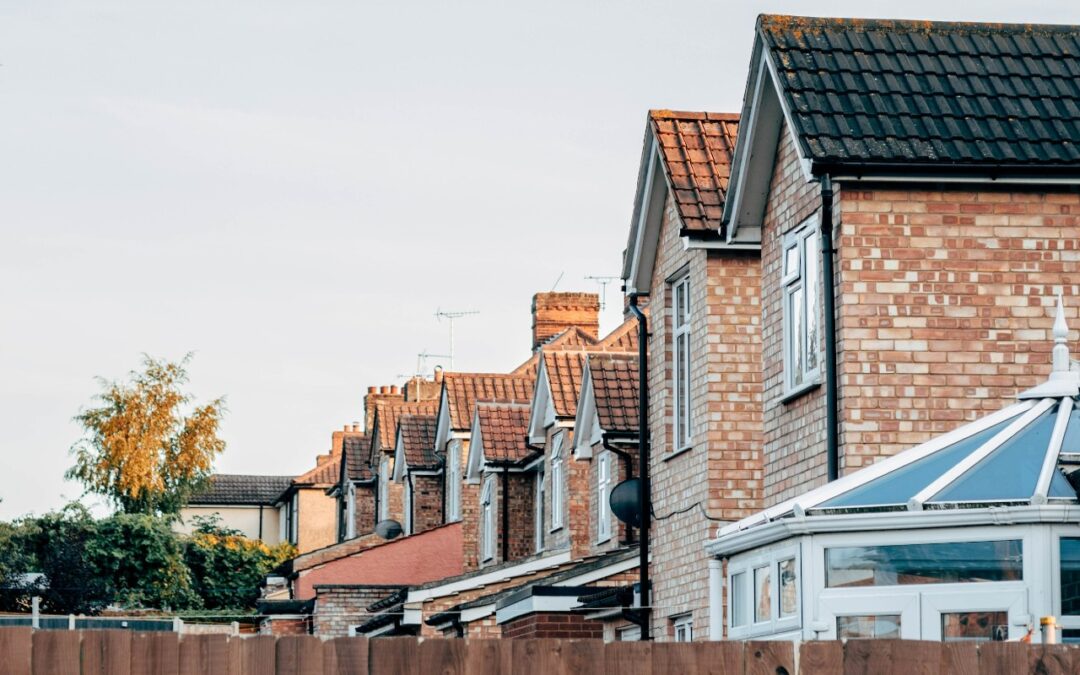If you own one or more buy-to-let properties, you’ll already be well aware that in recent years the government has made the environment in which to operate increasingly difficult.
The prospect of EPC improvement obligations, less generous tax relief on mortgage interest payments, and fewer options for evicting troublesome tenants, to name just three of the changes on the horizon.
But a fourth challenge is capital gains tax (CGT), where much tighter deadlines have been introduced for paying this tax bill, while annual relief is being slashed. To ensure you are up to speed, here is our guide to CGT property deadlines and thresholds.
Capital gains tax thresholds for property
Where CGT is due on property, it is payable at a higher rate than on all other assets. For assets like shares, it is payable at 10% (basic rate) and 20% (higher rate) as appropriate. But for property the rates are 18% and 28% respectively.
CGT on property is also due much more promptly than other assets. For residential properties sold after 27 October 2021 you must report and pay CGT within 60 days of completion, via a “residential property return”. For everything else, it is done via self-assessment in the following tax year.
Moreover, you won’t get any notification from HMRC that you need to pay, so it is something you need to be aware of, lest you get caught out.
Bear in mind that your main residence is generally exempt from CGT, so we are mainly talking about second homes or buy-to-lets.
How to calculate CGT on properties
Remember, with capital gains tax, as the name suggests, we are only talking about tax on any gains in value; not the total sale price. So if you bought a buy-to-let property for £170K and sold it for £250K, your starting point for working out the tax would be £80K.
You are then able to deduct any stamp duty paid, relevant transactional costs like solicitor and estate agent fees, as well as the amount of money spent on the property, for instance if you had to pay for a new roof.
Furthermore, everyone has an annual CGT allowance which gives them a certain tax-free amount. A problem here is that after gradually rising for years, this is now being cut and cut hard. Last tax year (2022/23) your CGT allowance stood at £12,300. This tax year (2023/24) it has more than halved to £6,000. Next tax year (2024/25) it is being halved again to just £3,000.
So let’s say after all deductions and tax relief, your £80K gain is whittled down to a £45K taxable gain. You now need to sit this on top of your income to work out which rate(s) of capital gains tax will be applied.
If we were to say your taxable income was £32,000, it would mean the CGT would start being paid at the basic rate of 18%. That would be until the gain took you over the higher rate income tax threshold which is currently £50,271. Then the balance would be paid at 28%.
So to complete this example, you would pay tax on £18,271 of the gain at 18% = £3,288.78.
And on the remaining £26,729 of the gain, the tax rate would be 28% = £7,484.12.
This would give you a total CGT tax bill of £10,772.90 on your £45K gain, payable within 60 days.
Help with getting your tax right on property sales
As you can see, it is not a simple subject, so if you have a buy-to-let or second home property sale going through, please feel free to get in touch so we can help you get it right.
As well as ensuring you meet all the deadlines and pay tax at the correct rate, we will also help you claim any admissible deductions to ensure you do not overpay your CGT.
